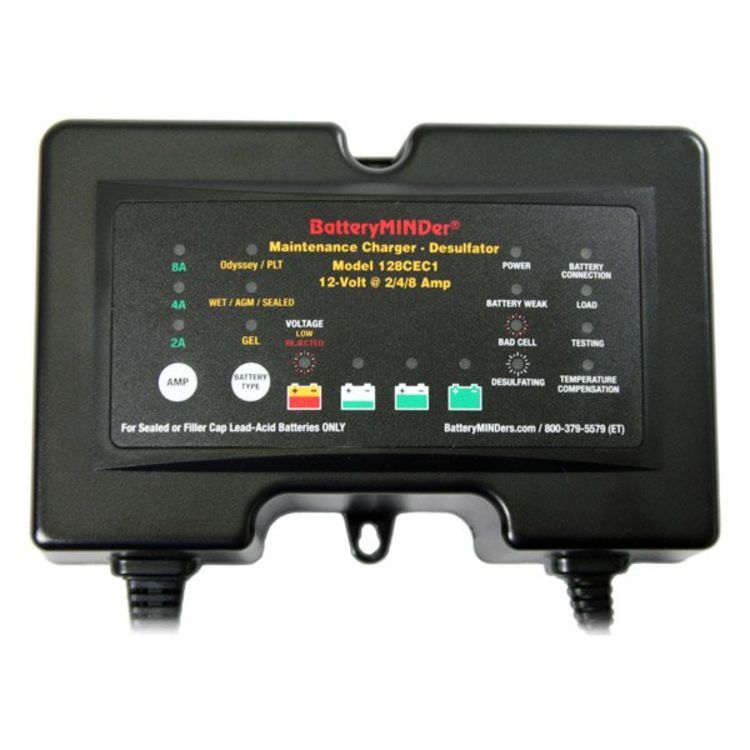Mtns2Skies
Final Approach
- Joined
- Jul 12, 2008
- Messages
- 5,618
- Display Name
Display name:
Mtns2Skies
Cessna 180, stock battery placement under baggage compartment. Lead-Acid battery. I fly atleast once a week.
The battery is only 8 months old (150 hrs of use) and it's starting to have trouble turning over the engine in semi-cold weather ~20-30F. Would a battery tender help with this? If so, can someone provide me a link to one?
Also - Can I hook up the battery tender through my external power receptacle? There is a fuse box protecting the system.
https://www.aircraftspruce.com/catalog/elpages/plugnjump.php?clickkey=14728
The battery is only 8 months old (150 hrs of use) and it's starting to have trouble turning over the engine in semi-cold weather ~20-30F. Would a battery tender help with this? If so, can someone provide me a link to one?
Also - Can I hook up the battery tender through my external power receptacle? There is a fuse box protecting the system.
https://www.aircraftspruce.com/catalog/elpages/plugnjump.php?clickkey=14728



